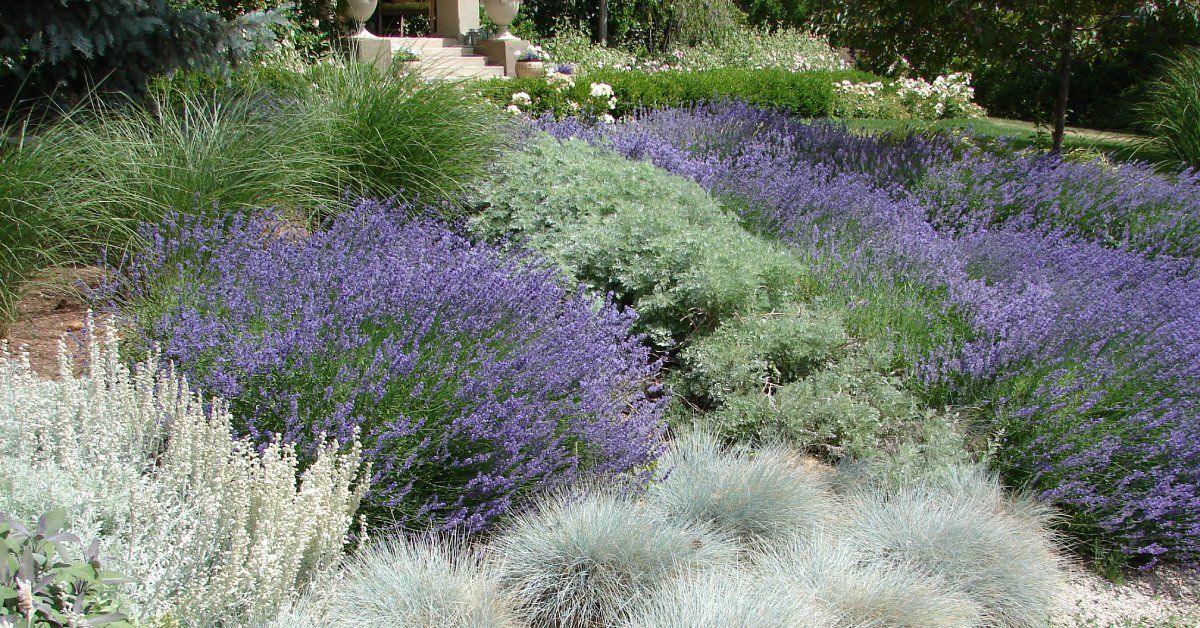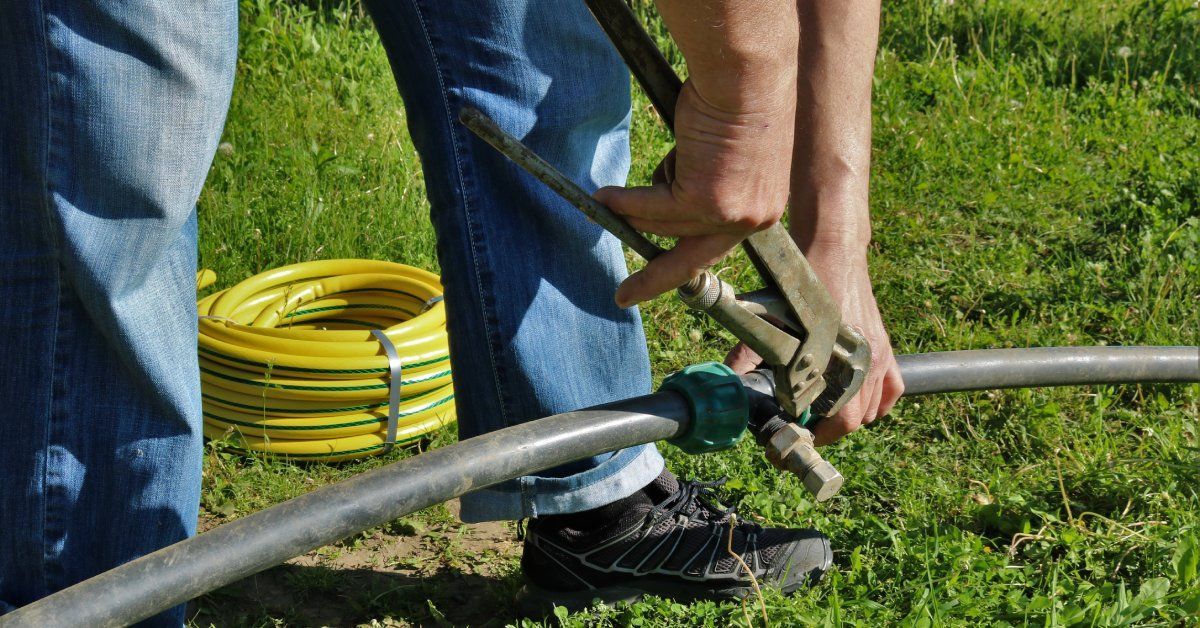How To Maintain Your Drought-Resistant Landscape Year-Round

Drought-resistant landscapes save water, reduce maintenance demands, and provide beauty throughout the year. Creating and sustaining a thriving drought-resistant landscape requires thoughtful care tailored to the seasons. You can keep outdoor spaces vibrant while conserving valuable resources by learning how to maintain your drought-resistant landscape year-round.
Assess and Adjust Seasonal Care
Regular seasonal adjustments keep drought-resistant landscapes in peak condition. Observing plant health and understanding environmental changes guide effective care routines.
Monitor Soil Health and Moisture
Monitoring soil health identifies areas that need attention. Using a soil moisture meter reveals whether plants receive adequate hydration without overwatering.
Aerating the soil when it becomes compacted promotes water absorption and root growth. Adding compost or organic matter enhances soil structure, creating better conditions for plant roots.
Mulching is key for retaining soil moisture. Organic mulch, such as bark or straw, protects soil from evaporation and prevents weeds from competing for nutrients. Reapply mulch each season to maintain its benefits and regulate soil temperature effectively.
Exploring additional soil-improvement strategies can enhance the effectiveness of your care. For instance, incorporating mycorrhizal fungi into the soil supports nutrient absorption and strengthens plant roots.
Regularly testing soil pH levels will catch potential imbalances that could hinder growth. Following best practices for soil health helps effectively maintain your drought-resistant landscape year-round while supporting plant health and soil quality.
Adjust Pruning and Mulching Practices
Pruning drought-resistant plants encourages healthy growth and prevents diseases. Trim dead or damaged branches during the growing season to help the plants focus their energy on thriving areas. Avoid over-pruning, as doing so stresses the plants and may hinder their ability to withstand drought conditions.
Seasonal mulching practices adapt to plant needs. In warmer months, mulching conserves water and cools the soil, while in cooler seasons, it insulates roots against temperature fluctuations. Keeping mulch away from the base of plants prevents rot and pest infestations.
Enhancing pruning strategies with a focus on plant-specific requirements improves results. For example, plants such as lavender benefit from pruning after blooming, while succulents rarely need trimming. Understanding these nuances optimizes care.
Optimize Irrigation Strategies

Irrigation techniques designed for efficiency support drought-resistant plants. Adapting your watering routine to seasonal changes prevents overuse and promotes sustainable growth.
Use Smart Irrigation Technology
Smart irrigation technology streamlines water management. Installing timers and moisture sensors ensures plants receive water only when necessary.
Adjusting irrigation schedules to early morning or late evening minimizes evaporation and maximizes water absorption. Selecting drip irrigation systems provides water directly to plant roots, reducing waste and encouraging deeper root systems.
Allstate Landscaping specializes in creating California low water landscaping solutions. Our expertise in integrating smart irrigation technology ensures landscapes remain lush without excessive water use.
Advanced irrigation systems, such as weather-based controllers, refine water distribution by syncing with local weather conditions. Smart irrigation can automatically adjust to provide the right amount of water, reducing unnecessary usage.
Focus on Deep Watering Techniques
Deep watering techniques strengthen plants by encouraging roots to grow downward. Watering deeply and infrequently promotes drought tolerance and reduces reliance on supplemental irrigation. Observe plant signals, such as wilting or yellowing, to identify when additional water is necessary.
Grouping plants with similar watering needs simplifies the irrigation process. Drought-resistant plants typically thrive with minimal watering, so monitor their condition to prevent overhydration.
Incorporating rainwater harvesting into your irrigation strategy adds a sustainable water source. Installing rain barrels collects runoff that can function as support for deep watering practices. This eco-friendly method complements drought-resistant landscaping.
Prevent and Manage Common Issues
Proactive management of pests and weeds protects your landscape’s health. Identifying problems early reduces the risk of widespread damage.
Keep an Eye on Pests
Pests such as aphids, spider mites, and mealybugs commonly affect drought-resistant plants. Inspect plants regularly for signs of infestation, including discolored leaves or webbing. Introducing beneficial insects such as ladybugs and lacewings naturally controls pest populations without harming plants.
Eco-friendly pest management solutions reduce chemical use. Applying neem oil or insecticidal soap targets pests while protecting beneficial organisms. Maintaining plant diversity deters pest outbreaks by disrupting their preferred habitats.
Additional pest control methods enhance natural defenses, such as planting companion species that repel pests. For instance, marigolds deter nematodes, while mint wards off ants and aphids.
Control Weeds Effectively
Weeds compete with plants for water and nutrients, undermining the resilience of drought-resistant landscapes. Removing weeds by hand prevents root disturbance in surrounding plants. Applying pre-emergent herbicides before the growing season inhibits weed seed germination.
Regular mulching suppresses weed growth by blocking sunlight and retaining soil moisture. Clearing away debris and weeds during seasonal transitions prepares the landscape for healthy growth. Consistent weed management preserves your garden’s integrity.
Using these techniques allows you to effectively maintain your drought-resistant landscape year-round by keeping pests and weeds under control.
Plan for Long-Term Sustainability

Long-term strategies sustain the beauty and functionality of drought-resistant landscapes. Planning supports the resilience of plants and reduces ongoing maintenance needs.
Incorporate Native Plants
Native plants adapt naturally to local conditions, making them an excellent choice for drought-resistant landscapes. These plants require less water and resist pests more effectively than non-native species. Researching the best native plants for your region enhances the landscape’s health and biodiversity.
Including a variety of native plants creates visual interest and ecological balance. Mixing flowering plants with shrubs and grasses adds texture and color while supporting local pollinators. Proper placement based on sunlight and soil conditions improves growth and minimizes resource use.
Experimenting with wildflower mixes introduces bursts of seasonal color while attracting beneficial insects. Using perennials alongside annuals provides year-round appeal and sustainability.
Schedule Regular Landscape Checkups
Routine landscape assessments identify potential problems before they escalate. Observing plant health, irrigation systems, and soil quality uncovers areas needing improvement. Promptly addressing small issues prevents costly repairs and maintains the garden’s appeal.
Allstate Landscaping recommends scheduling professional evaluations to optimize your landscape’s performance. Our team’s expertise in sustainable landscaping solutions will help you maintain your vibrant outdoor spaces year-round.
Digital tools, such as landscape design apps, assist homeowners in tracking plant health and planning updates. Combining professional checkups with personal monitoring creates a comprehensive care routine.
Maintaining a drought-resistant landscape year-round involves seasonal adjustments, efficient irrigation, and proactive problem management. Monitoring soil and plant health, fine-tuning irrigation techniques, and addressing pests and weeds protect landscapes and increase resilience. Incorporating native plants and scheduling regular checkups support long-term sustainability.
Applying drought-resistant strategies creates a thriving outdoor space while conserving water and reducing maintenance. Partner with experienced providers, like Allstate Landscaping, to enhance your property’s health and beauty with California low water landscaping . A well-maintained drought-resistant garden offers lasting rewards and environmental benefits.
